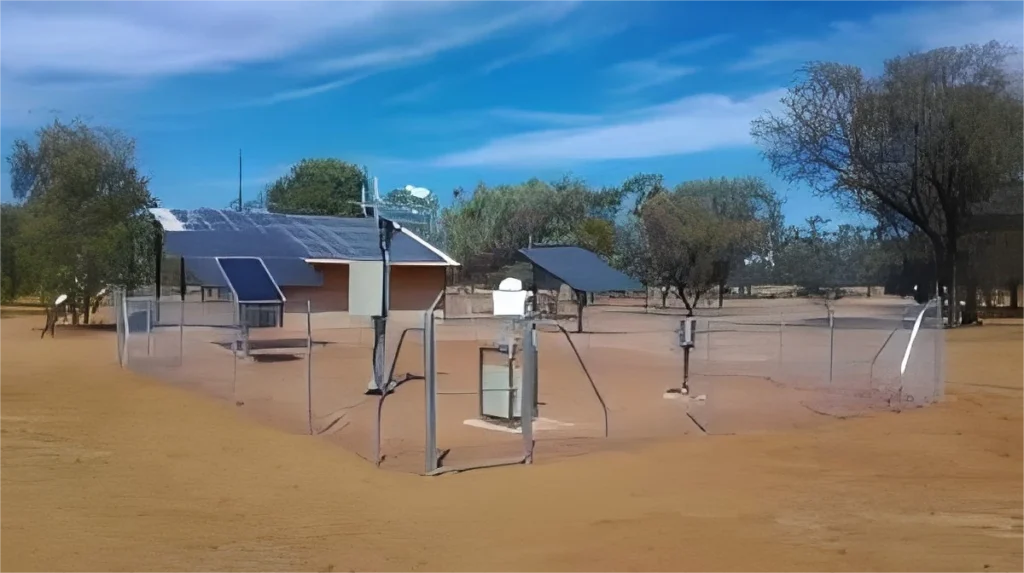
,字数在1000字左右
html
Disadvantages of Automatic Weather Stations
Automatic Weather Stations (AWS) have revolutionized meteorology by providing real-time weather data with minimal human intervention. However, despite their numerous advantages, these systems are not without their drawbacks. This article explores the key disadvantages of automatic weather stations, shedding light on the challenges they present in weather monitoring and data collection.
1. High Initial and Maintenance Costs
One of the most significant disadvantages of automatic weather stations is their high cost. The initial investment for purchasing and installing an AWS can be substantial, especially for advanced models equipped with multiple sensors. Additionally, regular maintenance, calibration, and occasional repairs add to the ongoing expenses. For developing countries or small organizations with limited budgets, these costs can be prohibitive, making it difficult to deploy and sustain a reliable network of weather stations.
2. Dependence on Power Supply
Automatic weather stations rely heavily on a continuous power supply to function effectively. While some stations are equipped with solar panels or backup batteries, prolonged periods of cloudy weather or technical failures can lead to power shortages. In remote or off-grid locations, ensuring a stable power source can be particularly challenging, resulting in data gaps or complete station downtime.
3. Vulnerability to Environmental Damage
Weather stations are often exposed to harsh environmental conditions, including extreme temperatures, heavy rainfall, strong winds, and even vandalism. Over time, these factors can degrade the sensors and other components, leading to inaccurate readings or system failures. Regular inspections and replacements are necessary to mitigate these risks, but they can be time-consuming and costly.
4. Limited Sensor Accuracy and Range
While AWS sensors are designed to measure various weather parameters, their accuracy and range can be limited compared to manual observations. For example, certain sensors may struggle to accurately measure precipitation during heavy snowfall or fog. Additionally, the placement of sensors can affect data quality; if not positioned correctly, they may provide misleading information. This limitation is particularly problematic in areas with complex terrain or microclimates.
5. Data Transmission Issues
Automatic weather stations typically transmit data wirelessly to central databases for analysis. However, communication networks in remote or rural areas may be unreliable, leading to data loss or delays. Signal interference, equipment malfunctions, or network outages can further exacerbate these issues. As a result, meteorologists may receive incomplete or outdated data, compromising the accuracy of weather forecasts and climate studies.
6. Lack of Human Oversight
While automation reduces the need for human intervention, it also eliminates the qualitative observations that trained meteorologists can provide. For instance, human observers can identify unusual weather phenomena or sensor malfunctions that an AWS might miss. Relying solely on automated systems can lead to overlooked anomalies or errors in data interpretation.
7. Calibration and Drift Problems
Sensors in automatic weather stations require regular calibration to maintain accuracy. Over time, sensor drift—a gradual deviation from true measurements—can occur due to wear and tear or environmental exposure. Without frequent recalibration, the data collected may become increasingly unreliable. This issue is particularly critical for long-term climate studies, where consistent and precise measurements are essential.
8. Limited Adaptability
Automatic weather stations are typically designed for specific purposes and may lack the flexibility to adapt to changing research needs or technological advancements. Upgrading or modifying an AWS to incorporate new sensors or features can be costly and complex. In contrast, manual weather stations can be more easily adjusted or expanded to meet evolving requirements.
Conclusion
While